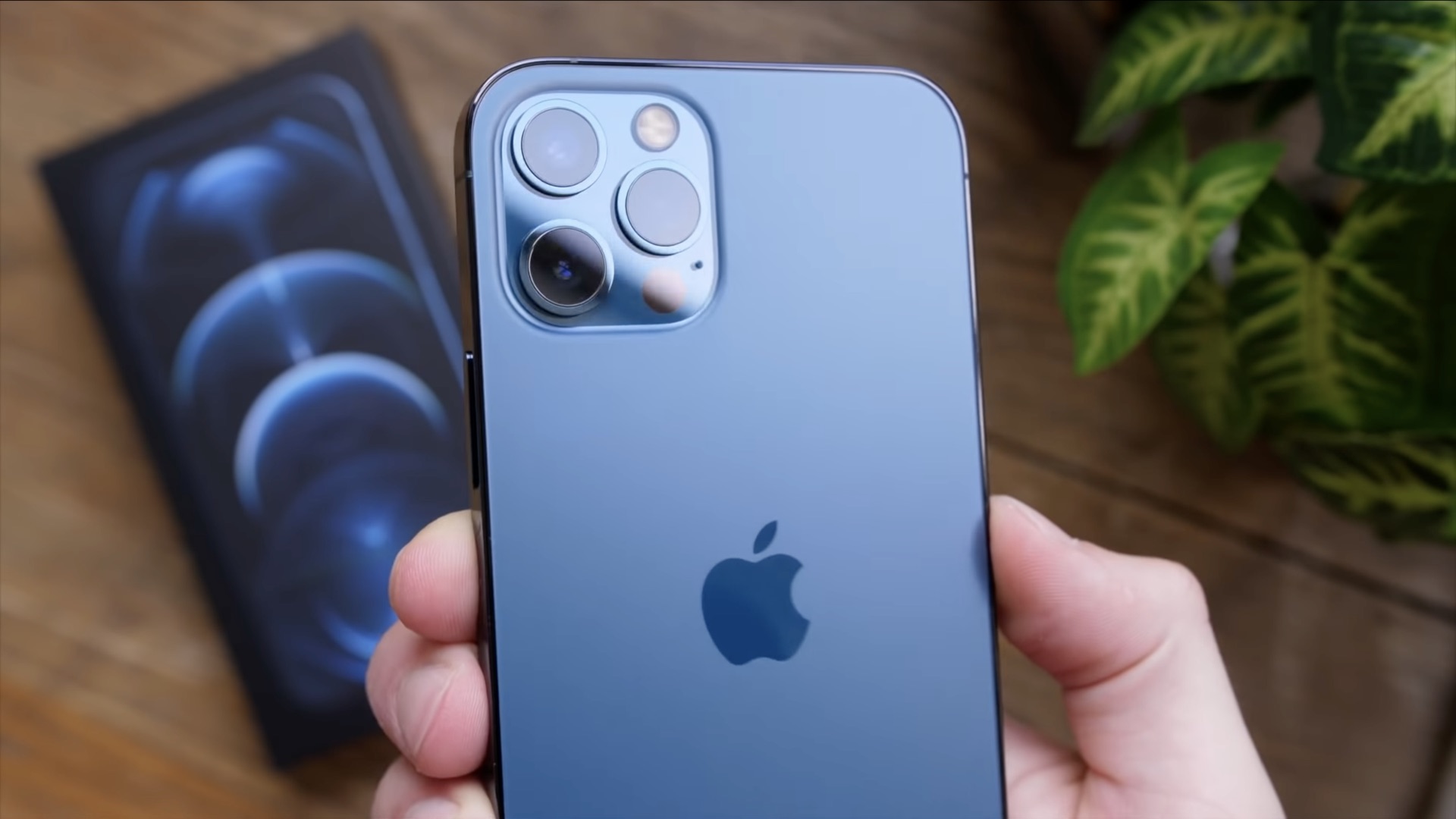Over the weekend, legendary analyst Ming-Chi Kuo put forth a new research note that aimed to shed some light on upcoming iPhone features. In that note, Kuo said that Apple was working on bringing some satellite features to the iPhone lineup. Specifically, satellite calling, and that the feature would arrive along with the “iPhone 13” lineup this year.
However, it did not take long before there was some major pushback on that speculation, with a lot of people saying Apple wasn’t going to launch a feature that would allow iPhone users to make satellite phone calls. But, according to Bloomberg, Apple is indeed working on some satellite features that will find their way to the iPhone at some point in the future. In both cases, these features are designed to help individuals and groups in emergency situations report those incidents without relying on cellular coverage.
The report says Apple is working on two features that would connect an iPhone to satellites. The first would rely on sending a text message via satellites, while the other would be similar to making a call to “911” in the United States.

That first feature would be a messaging sending protocol that would be baked into the Messages app, where it would live alongside SMS and iMessage. The report says that Apple would use grey message bubbles for these messages, rather than blue (iMessage) or green (SMS). With this feature, iPhone users would be able to send a text message, with a restricted amount of characters, via a satellite to report an emergency situation. The feature would aptly be known as Emergency Message via Satellite. Again, this is meant to be a feature that’s capable of sending out a quick text when there isn’t any cellular coverage.
From today’s report:
The texting-via-satellite tool, codenamed Stewie inside Apple, will restrict messages to a shorter length. The texts will automatically push through to an emergency contact’s phone, even if the do-not-disturb setting is on. One planned design will let a user send the message by typing “Emergency SOS” where they would usually input a contact name.
The second feature works in the same way, as far as working without cellular coverage. However, it would function in a way that’s similar to making an emergency call like to “911” in the U.S. This would make it possible to make a call out in light of, say, a plane crash where a phone network might not be readily available. The report indicates this would work to send out a call to listed emergency contacts, while also delivering medical identification as well.
Going further, it sounds like Apple is going to heavily restrict the feature for “crisis scenarios” once the feature does go live. So while the initial report over the weekend suggested Apple will make satellite calling from an iPhone a new feature, that will one day be the case, but it won’t be freely available at all times as a way to bypass the cellular networks/carriers. What’s more, the report says the feature will likely go live in the United States, and only in the U.S., to start. A global rollout would need regulatory approval in each region, unsurprisingly.
As far as a launch is concerned, the report says it probably won’t happen this year, and goes as far as to say that it won’t likely see the light of day next year, either. So we might still be a ways off before satellite features arrive in the iPhone. But, now that the rumor mill has cranked up the possibility, it will be interesting to see if any other smartphone manufacturers out there jump to be first with features like this.